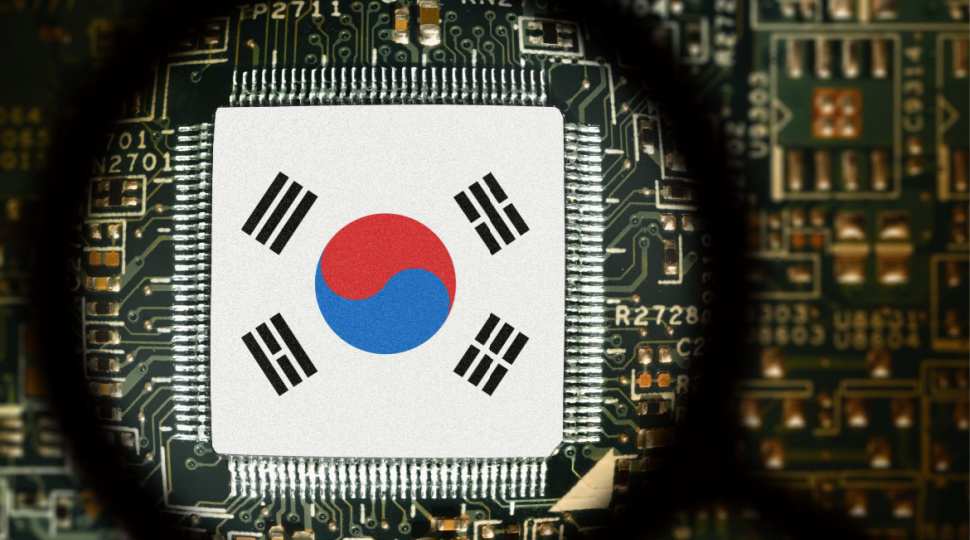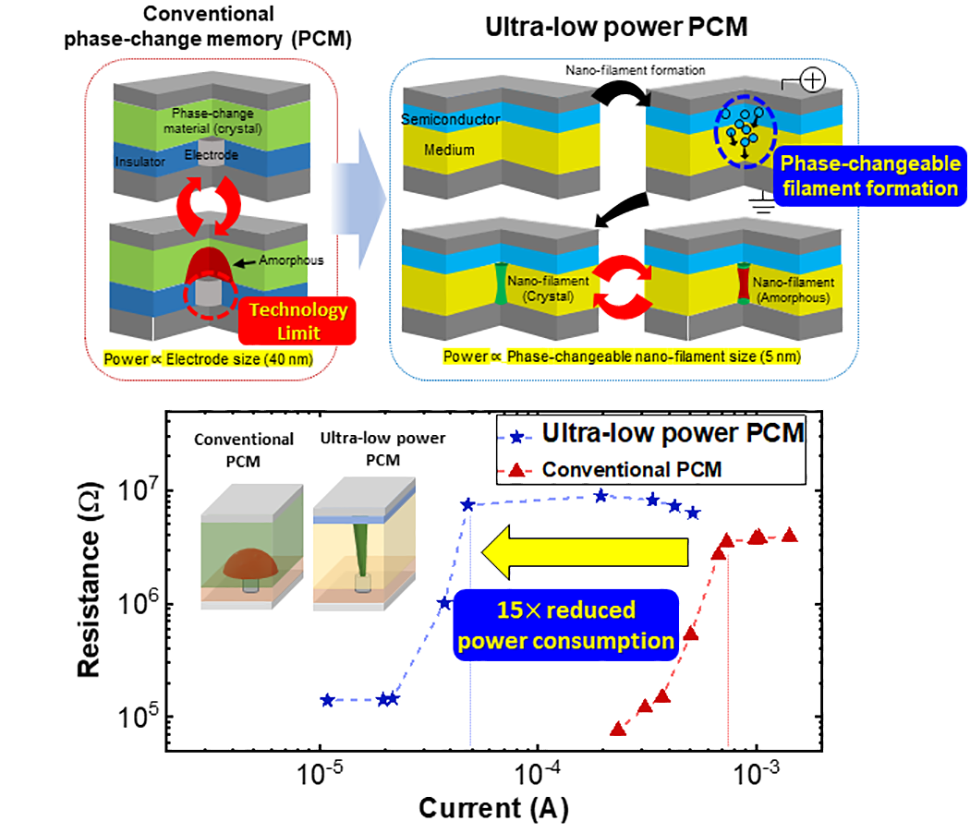
A revolutionary new memory device that combines the features of DRAM and NAND flash memory is being developed by a group of researchers at the Korea Advanced Institute of Science and Technology (KAIST).
Led by Professor Shinhyun Choi of the School of Electrical Engineering, the team's breakthrough promises cheaper, power-efficient solutions that could potentially replace existing memory solutions or be used to implement neuromorphic computing for the next-generation of AI hardware.
According to KAIST, the new device utilizes next-generation phase change memory with ultra-low power consumption, capable of replacing both DRAM and NAND flash memory.
Taking a novel approach
Typically, DRAM offers high-speed performance but is volatile, resulting in data loss when power is shut down. NAND flash memory offers a solution by preserving data even when the power is off, but it does not match the speed of DRAM. This new phase change memory provides a non-volatile, high-speed solution combining the best of both worlds.
Previous versions of phase change memory have had a problem – high power consumption. Despite attempts to reduce consumption by decreasing the physical size of such devices using state-of-the-art lithography technologies, the reductions were minimal, while costs soared.
To overcome this, Professor Choi's team have established a way to electrically form phase change materials in an extremely small area, successfully developing an ultra-low-power phase change memory device. Notably, this consumes 15 times less power than previous phase change memory models which used expensive lithography tools, a significant breakthrough in the quest for cost and energy efficient memory development.
"The phase change memory device we have developed is significant as it offers a novel approach to solve the lingering problems in producing a memory device at a greatly improved manufacturing cost and energy efficiency, “ said Professor Choi. He went onto to say that he expects this new research to become the basis for future electronic engineering, paving the path for high-density three-dimensional vertical memory and neuromorphic computing systems.
This isn’t the only neuromorphic computing solution being worked on at KAIST. Last month scientists there unveiled an AI chip that they claimed can match the speed of Nvidia's A100 GPU but with a smaller size and significantly lower power consumption.








